From flowers to Greek mythology, Toyota model names have drawn inspiration from some interesting places. We take a look at the meanings behind 10 iconic Toyota names of models, and outline how each one fits the character of the cars that they have graced.
Toyota names of models explained – Yaris meaning

Yaris is an amalgamation of words from Greek mythology and German. In Greek mythology, ‘Charis’ was a symbol of beauty and elegance. Toyota swapped the ‘Ch’ with ‘Ya’ – German for ‘yes’ – to symbolise the perceived reaction of European markets to the car’s styling.
Toyota names of models explained – Supra meaning
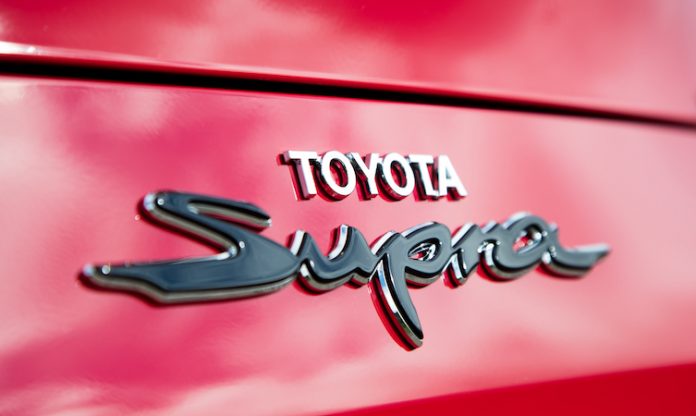
Supra is a Latin word meaning ‘above’. The name is apt for a car that was able to punch well above its weight in magazine road tests – it famously defeated a Porsche 911 Turbo and an Aston Martin DB7.
Toyota names of models explained – Celica meaning
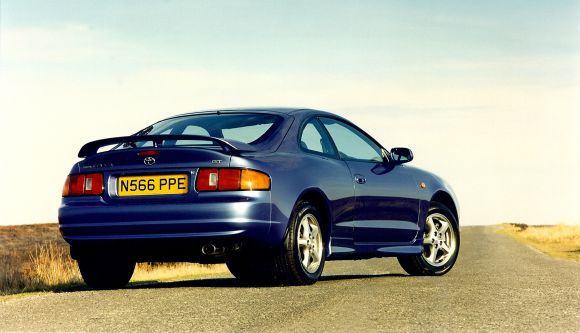
A heavenly smooth drivetrain and linear power delivery were always staples of the Celica. Fitting, then, that the name is Spanish for ‘celestial’.
Auris meaning
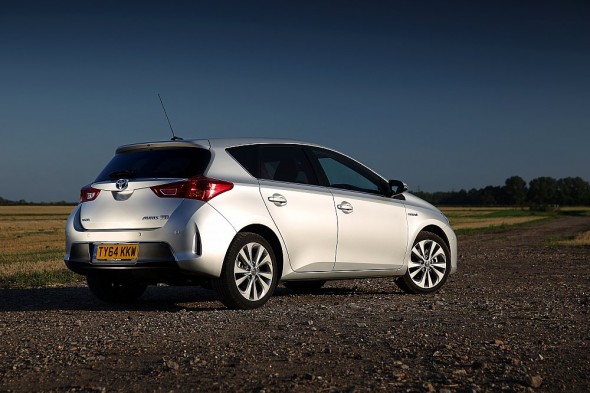
Auris takes inspiration from the Latin noun ‘aurum’, meaning gold. It is also inspired by the English word ‘aura’ – the two combine in a car with a ‘golden aura’. The concept version of the car – unveiled at the 2006 Paris Motor Show – was finished in a striking gold hue symbolic of the global importance of the model in terms of sales.
Corolla meaning
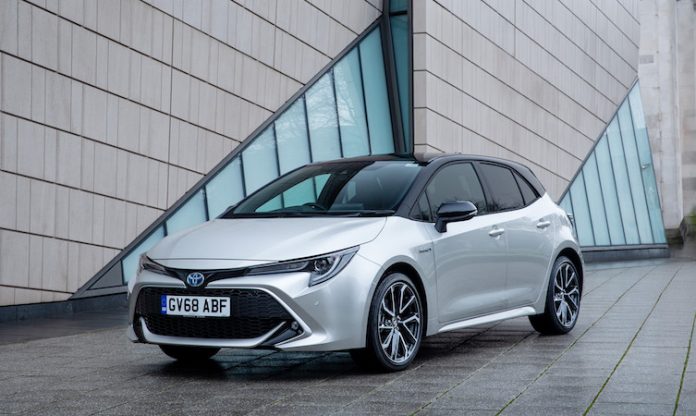
A ‘corolla‘ is the ring of petals around the central part of a flower. The name was intended to evoke the image of a beautifully styled, eye-catching small family car.
Prius meaning
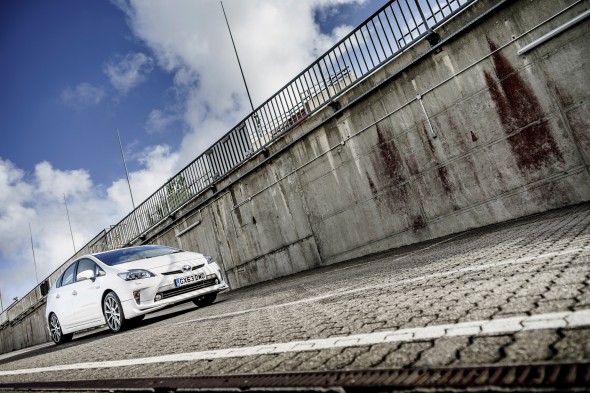
Prius is Latin for ‘prior’ or ‘previous’. Its name can be interpreted as a reference to the fact that at the Prius’ Japan launch in 1997, there had never been a mass-produced hybrid car prior to it.
Corona meaning
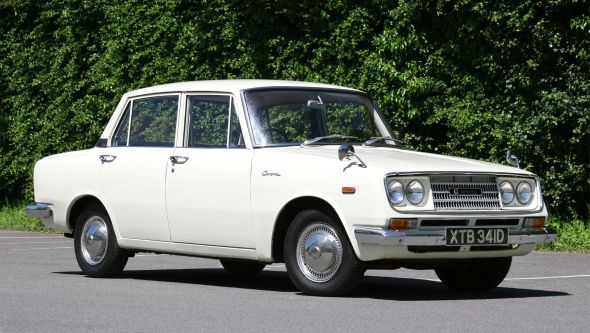
The Corona was the first Toyota model to be exported to the UK, way back in 1965. Its name is routed in astronomy; the corona is the ring of pearly light around the sun. The name was a reflection of the robustness of the car – like a light at the end of the tunnel for motorists saddled with less reliable European cars at the time.
Camry meaning
What is the meaning of Camry? Camry comes from the Japanese word ‘kanmuri’, meaning ‘crown’. It’s an apt name for the car, which as the best-selling car in America for 12 years straight, really can claim to be a jewel in Toyota’s crown.
Avensis meaning
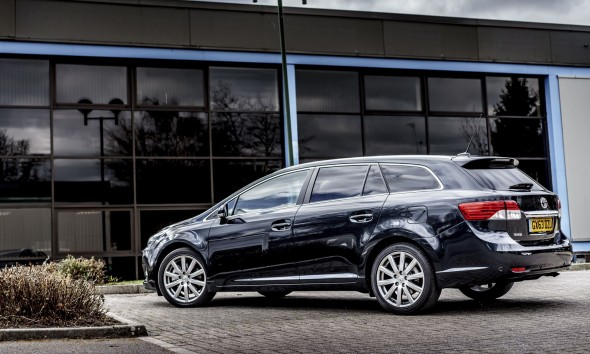
What is the meaning of Avensis? Avensis is derived from the French verb ‘advancer’, meaning ‘to advance’ and is indicative of the step forward that the model represented over its predecessor – the Carina E – when it arrived in 1997.
Previa meaning
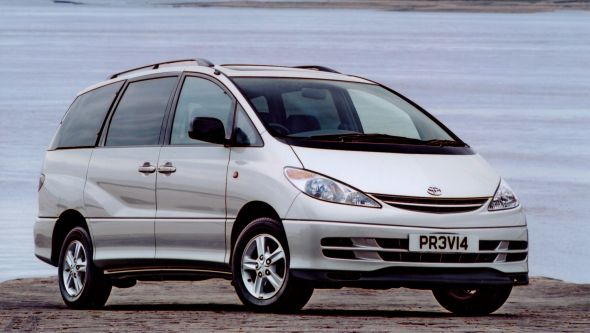
The name ‘Previa’ is derived from the Italian word ‘previdenza’, which means providence or foresight. The Previa was the world’s first MPV with a mid-mounted engine to maximize cabin space – no other manufacturer before Toyota had had the ‘foresight’ to fit a mid-mounted engine into an MPV.
Where next?
8 of the coolest Toyota cars ever made according to Top Gear
7 great Toyota special editions
5 Toyota Nurburgring triumphs
5 of the wackiest Toyotas ever produced
15 Yaris highlights from 15 years at the top
8 Toyota concepts that could be a shape of things to come
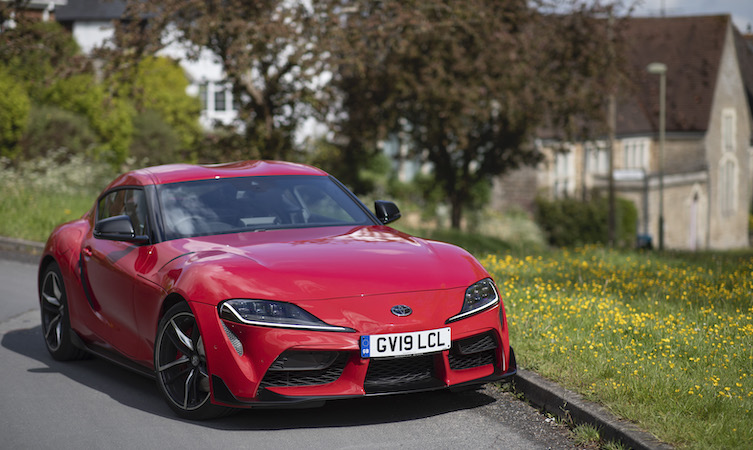
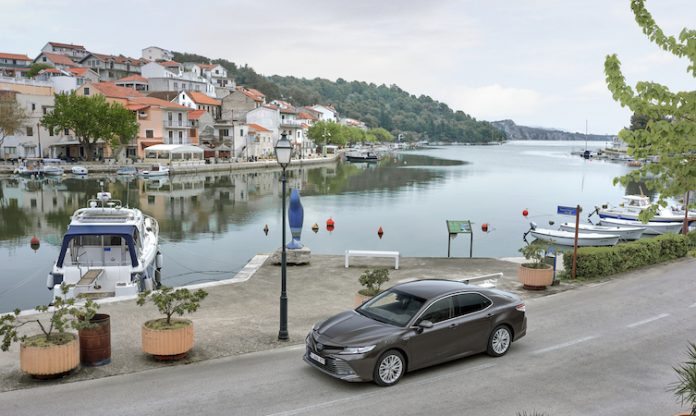
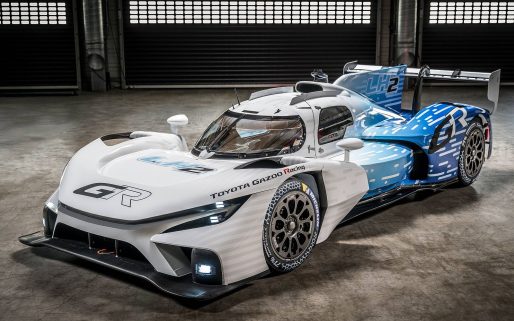
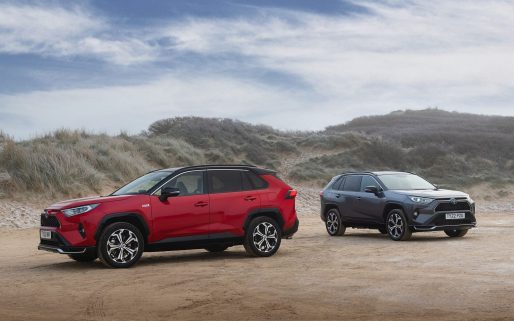


Hello,
I am driving Toyota since the late 60ies. My actual car is an undistructable Prius, made to last 1000 years! As I love it so much I upgraded the drive battery with a 16.5 kWh own constructed kit. I believe, my Prius is the only Hybrid in the World (maybe) to drive 100 km before going smoothly in mixed/Prius-mode. This week, I will brake my own record of driving 1000 (yes thousend) km with one litre fuel. As long as I do not do 100 km/day, I consume not a drip of fuel. In the night I am recharging the battery.
► My main concern now is the decision of Toyota to choose for Hydrogen. If I can express my opinion: this is like a still-born child. Nobody is waiting for this. Therefore I want to copy herafter a list of questions to the three car-companies that opt for Hydrogen instead of electric:
Nevertheless, skepticism remains among some analysts and green-car fans–often including electric-car advocates–about the ultimate viability and practicality of hydrogen-fueled vehicles in North America.
In discussions with one of those three automakers, we suggested that it would behoove their product executives to be ready to address questions that will undoubtedly be raised as hydrogen vehicles roll out.
In that vein, here’s our take on 10 questions that executives at Hyundai, Toyota, and Honda should be prepared to respond to.
VOLUME + SALES TERMS
(1) Will your hydrogen fuel-cell car be delivered in numbers any greater than the minimum required by the California Air Resources Board’s ZEV rules between launch and, say, 2020?
(2) Will you sell your fuel-cell car outright, or lease it only?
(3) By 2020, battery-electric and plug-in hybrid vehicles are expected to be about 1 percent of global auto production–or about 1 million vehicles per year. When do you expect hydrogen fuel-cell vehicles to reach that same level? And what will it take to get from here to there?
COMPARISONS to BATTERY-ELECTRIC VEHICLES
(4) The main advantage of hydrogen vehicles is that they can refuel for 300 miles in less than 10 minutes. The Tesla Model S can now Supercharge to get 200 miles in 20 minutes, and some analysts suggest larger batteries can be DC quick-charged in the future at even higher power than Tesla’s 135 kilowatts. If an affordable battery-electric car in 2020 offers 250 miles of range and can recharge to 80 percent in, say, 12 to 15 minutes–then how much of an advantage will hydrogen fuel-cell cars retain?
(5) How much of a disadvantage for early adopters is the requirement to travel 10 to 30 miles to a specific location to refuel, compared to the home and/or workplace charging used for the majority of electric-car miles today?
(6) A small but strong and vocal lobby of owners, supporters, and advocates has advocated for electric cars for 20 years now. Where is the similar groundswell of fuel-cell advocates? Where do we find the consumer demand for these cars?
FUELING INFRASTRUCTURE + ENERGY BALANCE
(7) What sector of private enterprise now sees a profit-making business in building stations and selling hydrogen as a fuel? What sector of industry will those stations come from? Who will risk the capital to build thousands of hydrogen fueling stations at $1 million to $3 million apiece?
MORE: Toyota, Honda, Hyundai Fuel-Cell Cars: How Many Will Be Sold?
(8) A kilowatt-hour of energy will propel an electric car 3 to 4 miles. A kilowatt-hour of energy used to make hydrogen produces perhaps one-third that distance. Why is making hydrogen a good use of energy for transportation?
(9) The wells-to-wheels footprint of a hydrogen-fueled vehicle appears to be generally worse than that of an electric car *IF* the analysis uses the same grid source for both alternatives. (Many studies don’t use the same grid source; see a critique of one study here.) That appears to imply that among the broad range of zero-emission vehicles, hydrogen vehicles have a higher carbon footprint than electric cars. How do you overcome this?
(10) Much dispute currently exists over the carbon footprint of manufacturing batteries and electric motors for electric cars. Have you studied the lifecycle carbon emissions, including manufacturing of its fuel-cell vehicle–and what were the results?
Thanks for letting my message beeing published.
Walter
Hello Walter
Thank you for your post and we do appreciate the time you have taken to contact us on the subject of hydrogen cars and the questions you have raised. We are of course researching the answers to these and we will be back in contact with you again as soon as possible.
Hello Walter
Thanks for your detailed post and for your feedback about fuel cell vehicles. There are many topics to address but firstly we feel it is worth pointing out that the theme of your posts suggests that there is some sort of conflict of interest in bringing hydrogen cars to market. We want to assure you this is not the case. As a responsible manufacturer we need to look at many forms of alternative powertrains for the future and hydrogen is just one aspect of this. We believe that fuel cell represents a convincing safe and relevant mobility solution leading to the ultimate eco car, but there are still room for other technologies.
Taking your questions in turn,
1. We have not yet released any figures regarding fuel cell sales. This will be our first introduction of a fuel cell to market and there are many factors to consider such as infrastructure, feasibility and benefits.
2. When we launch in Europe, the fuel cell will not be available for any customer to purchase. This is because we will need to carefully qualify customers such as locality to nearest hydrogen station to avoid customer disappointment. We also need to gather further real world data regarding fuel cell vehicle usage.
3. We cannot provide volume predictions at this early stage. This is the first time we are bringing a fuel cell vehicle to market. In Europe we are adopting a small but smart approach with only three countries included in the first wave, (Germany, UK and Denmark). This cautious volume will enable us to maximise customer support, control costs and gain further data about usage.
4. Such data on our fuel cell vehicle is on the way. If you want to consider range though we were able to achieve more than 500 miles in a fuel cell vehicle back in 2010 and the new fuel cell has more than double the output density of this vehicle and is also equipped with a high efficiency boost converter. We will be looking at a range equivalent to or better than any petrol engine vehicle today.
5. The answer provided in question two applies here as owners will be carefully profiled to prevent this situation from arising.
6. Fuel cell advocates are growing across the European markets. The Hyfive Project is an EU funded consortium that intends to bring FCV’s to customers. Other projects include local Government and relevant industry supporters in Germany (Clean Air Partnership), UK (H2 Mobility Project) and a Memorandum of Understanding signed in the Nordic Countries. These projects look at the issues surrounding the establishment of the infrastructure required to support the introduction of hydrogen. Consumer demand would grow as this infrastructure develops. All these projects have websites which lists the many industries supporting hydrogen introduction but it involves several motor manufacturers along with fuel companies and Government departments.
7. It is true that the infrastructure business will be difficult in the beginning but we will be working alongside stakeholders in the above projects to help share information and plan roadmaps throughout Europe. We are confident that the hydrogen infrastructure will become profitable as it develops, but in financial terms this has to be considered a long term rather than a short term project. As we learn more, costs will decrease on the development and operation of hydrogen stations.
8. The fuel stack used in our FCV concept is improved to achieve an output of 100 kW and output density of 3.0 kW/L. This output density is currently one of the highest in the world. Also, hydrogen’s contribution to climate protection as an energy store is maximised if it is produced sustainably. This is another area of development being investigated by the above projects.
9. The lifetime environmental performance varies based on how the hydrogen is produced (particularly what kind of primary energy source is used). Using Japan as an example today, hydrogen is primarily produced through natural gas reforming. In this case lifetime CO2 emissions are comparable to similar size hybrid or electric vehicles. If we are able to produce hydrogen in the future by utilizing renewable energy sources (eg solar/wind power) then the CO2 emissions can be reduced drastically. If you consider cars today, over 80 per cent of well to wheel emissions occur during use. Then consider that a fuel cell does not generate CO2 during operation it offers a higher tank to wheel efficiency (energy efficiency during the vehicle operation stage) then it can be considered superior to hybrid vehicles and battery electric vehicles in terms of overall efficiency.
10. This is addressed above in terms of the manufacturing carbon output. However to summarise, we see different powertrain technologies suiting different transport needs. An example of this would be the i-Road electric vehicles currently being trialled in France. We are not just focussing on just one technology. Another way to consider fuel cell is that we first launched the Prius back in 1997 in Japan and 2000 in Europe it was viewed with some scepticism. However since then every new model Prius which has been launched has provided more horsepower yet emissions have reduced and fuel consumption has improved. We have even launched a Plug-in derivative. In other words the technology develops and improves and costs reduce, we have now sold more than seven million hybrids across the globe. We hope that this does address your questions and concerns you have regarding fuel cell vehicles. It will take several years but they are coming and will provide a viable transport alternative.
But the German for yes is ja, not ya?!
Hi PJ, you’re right it’s spelt ‘ja’ but it’s pronounced ‘ya’. We were using phonetics to help explain! : )
How about my Matrix ??????
Hello Lee
Thanks for your post.
Will pass this onto the team if they do another post about names. So many to choose from!
Hello, we have recently purchased a Dec 2012 used Auris Icon (new shape). On the whole we are very pleased with the car. The only dissapointing aspect is the performance of the headlights. On dipped beam the light is mediocre to say the least in the forward projection but most concerning is the lack of laterel light spill. You can see a direct line of light from the car on an angle, the point being that when you turn into junctions, driveways or even tight corners on unlit roads, you end up driving into unlit areas. Things don’t seem to get any better with main beam either. The light always seems to be dim as if the lights are very dirty etc, even when clean. At first we thought it may be just certain roads and weather conditions soaking up the light but it is now becoming a cause for concern. I have read in this log that several other people have had the same concerns. Our parents have a 2008 Auris and the headlights on that are far better. We first bought a Toyota in spring 2014 when we got an Avensis tourer. The lights in all situations on that are some of the best I’ve experienced. I’m really surprised that this car, which is newer has such poor lights. What happened to continous improvement?
Hi Richard
Thanks for your post and for your feedback regarding the headlamp efficiency on your Toyota Auris.
We were sorry to read your concern and thank you for bringing this to our attention.
In order that we may properly record this matter we do need to involve our customer relations team who can register your vehicle details. This can be completed via our Blog and this link will take you straight to the relevant page. https://mag.toyota.co.uk/how-to-contact-toyota-uk
However if you have any problems please let us know.
Can you tell me the meaning of Aygo?
Hi Elizabeth
Thanks for your post and for your interest in Toyota.
We basically created the word Aygo as we wanted to convey a sense of freedom when we launched the car many years ago. Essentially going out having fun and finding new places to visit is the thinking behind Aygo.
Hope this helps explain but do let us know if you have any other questions.
They forgot to include Tercel, which is a male falcon.
Thanks Evan!
Way to get too artsy with your meanings. Corona means crown, just like Camry, Cresta, Corolla, and…Crown.
What about “Stanza”? (Or is that even Toyota? Can’t recall..)
It means a kind of paragraph, fer chrissakes. What the hell kinda name izzat?
I have an alternative for Yaris. Yari the traditional Japanese straight spear with nihonto blade, Yaris the modern “weapon” of the city “warrior”.
Hi Vassilis,
Thanks for getting in touch and sharing this with us.
Thanks.